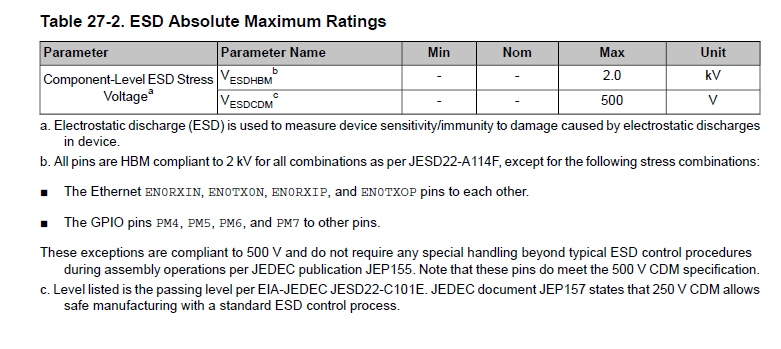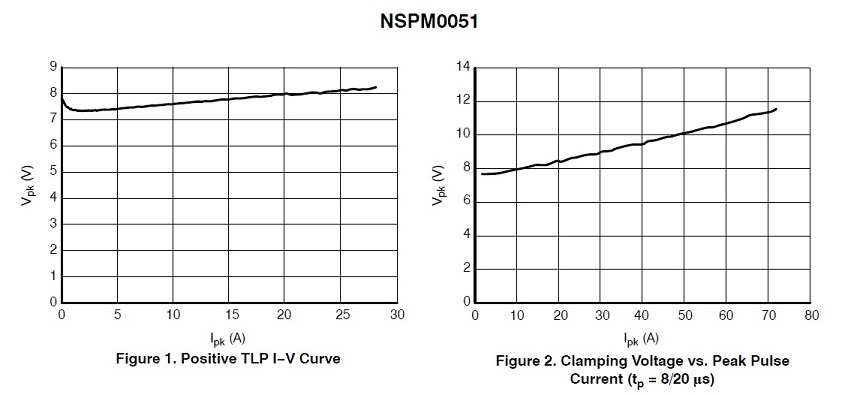Other Parts Discussed in Thread: EK-TM4C1294XL, , TM4C1294NCPDT, TPD4S012, TPS2051B, TPS2052B, TPS2051
Same Bulk Device driver software configuration loaded on EK-TM4C1294XL and Windows device client makes a connection with USB0 via the OTG port .
All connections USB0 out to micro USB port (OTG) to a custom PCB ring out typical of launch pad OTG port. Debug USB0 FIFO's are counting and toggle VBUS power CTRL REG bit when USB cable is plugged or unplugged. Yet no connection to target via any of four bulk device client addresses (typical 0x0-0x3) can be established
The only (documented) difference between each type of MCU is the flash memory is 512KB (TM4C1294KCPDT) versus 1Meg TM4C1294NCPDT.
Any idea why USB0 of KCPDT MCU is behaving differently than TM4C1294NCPDT?



